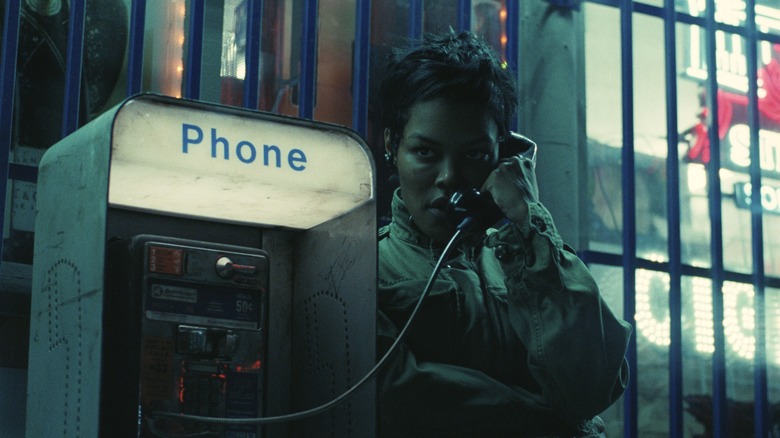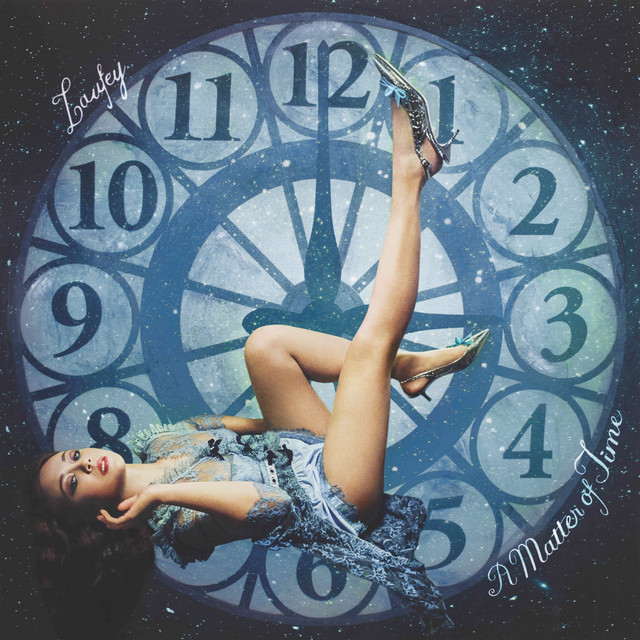Chicago hip-hop is a subgenre defined by a heavy emphasis on melody and sampling, especially the sampling of old soul and gospel records. It has always been an insular genre in which artists prefer to work with other Chicago artists due to the isolation of the city itself, with the nearest major city of Detroit five hours away. However, Chicago has such a distinct identity as a city that artists feel that only those who grew up in similar conditions will be able to understand and relate to them. For decades, Chicago has had a reputation as one of, if not the most, violent cities in America. Since 2001, more Americans have died in Chicago than in Iraq.
The tension and fear of the city is expressed in its music, with artists calling for peace while mourning those they’ve lost.
Chicago first established its hip-hop identity in 1992 with the release of Common’s sample-centric debut “Can I Borrow a Dollar?” The lead single, “Take it EZ,” contains 11 different samples alone, including ones from Richard Pryor, the Beastie Boys, and Eric B. & Rakim. These samples create a backdrop that fluctuates between jazzy and hard-hitting, with a saxophone melody as the common thread throughout the piece. Common’s fusion of singing and complex flows (as seen on “Take it EZ”) reflects this dichotomy, creating a unique style that would come to define Chicago’s hip-hop identity. Throughout the album, Common deftly intertwines references to pop culture touchstones, such as Chicago football legend Walter Payton, with reflections on the reality city life, themes that would become commonplace in the city’s music. Though the album did not sell particularly well (barely making it to No. 70 on the Rap/Hip-Hop album popularity chart), each of the three singles hit the top 10 on the U.S. Rap Songs chart, giving Chicago its first hip-hop star.
“Can I Borrow a Dollar?” also signaled the rise of another influential Chicago musical talent: No I.D., who co-produced the entirety of the album. Known as the “Godfather of Chicago hip-hop,” No I.D. would go on to have a production career spanning over 25 years, earning 10 Grammy nominations. Throughout his rise to fame, he was closely tied to Common, producing the vast majority of songs on his first three albums. This sample-heavy work would go on to define the sound of the city in the decades to come. Following the turn of the century, his production discography became even more star-studded, including songs produced for artists such as Jay-Z, DMX, and G-Unit. However, No I.D.’s greatest contribution to Chicago music is perhaps his discovery and mentorship of one of the most recognizable and polarizing artists of the 21st century: Kanye West.
West was actually born in Atlanta, but moved to Chicago at age 3. Between characterizing the Windy City as a gorgeous woman in his song “Homecoming” to naming his youngest child Chicago, he has represented his city more so than perhaps anyone else in hip-hop. It is no surprise that his identity, both musical and personal, would become entwined with that of the city.
Around the turn of the century, No I.D. crossed paths with a young West and began to mentor him, teaching him to sample and program beats. West first began his production career with various local acts in his late teens and early twenties, eventually dropping out of Chicago State University to focus on his musical talent. His distinctive style revolved around pitching up soul and gospel samples and playing with the idea of the human voice as an instrument. After joining Roc-A-Fella Records in 2000, he first rose to stardom in 2001 through his production of Jay Z’s “The Blueprint.” Though Roc-A-Fella was reluctant to support him as a rapper, they eventually acquiesced. While working on his debut, however, West was in a car accident that left his jaw wired shut. This incident would inspire his first single, “Through the Wire,” and demonstrated his understanding of the voice as a unique and personal, yet flawed, instrument. Rather than intertwining his voice with the musical backdrop, as would later become common with other styles and in other central hip-hop cities such as Atlanta, West made it the centerpiece of his music. His sampled instrumentals are used to accentuate the voice in much the same way that an artist would frame a painting. This motif shines clearly throughout his debut, “The College Dropout,” which was released in 2004. Each track manipulates the human voice differently, showcasing a variety of facets of the voice as a central instrument. Thematically, the album demonstrates an idea that is core to the subgenre as a whole: commitment to choosing one’s own destiny, even in the face of adversity. Throughout his music, West would also discuss religion and his connection with God.
West’s skyrocketing popularity in the mainstream also spilled over to other Chicago artists. In the year following West’s artistic explosion, another Chicago artist burst onto the mainstream stage in the form of Lupe Fiasco. Fiasco, who credits Common as a major influence, was one of the first proponents of “conscious rap,” which focuses on the social issues that spurred the creation of hip-hop, including excessive violence, racism, and religion. His first two albums, “Lupe Fiasco’s Food & Liquor” and “The Cool” gave him some modicum of mainstream success, with the latter’s “Superstar” hitting the Top 10 on the Billboard Chart. The albums depict all facets of reality in Chicago, from life in the ghetto (“Ghetto Story/Steady Mobbin”) to the struggle of escaping it (“Hip-Hop Saved My Life”). The relatability of these topics combined with his complex lyricism and technical flow would later inspire the next generation of Chicago artists to follow in the same lyrical vein.
As the Chicago hip-hop scene matured, these same influences and themes continued to shape the music of the city and its culture as a whole. The uniqueness of the sub-genre’s sound grew to become more distinct from other hip-hop cities, centering on the soul samples and vocal focus that characterized the city’s music. Future artists later pointed to this era as one of the most influential and inspirational points in their lives.








